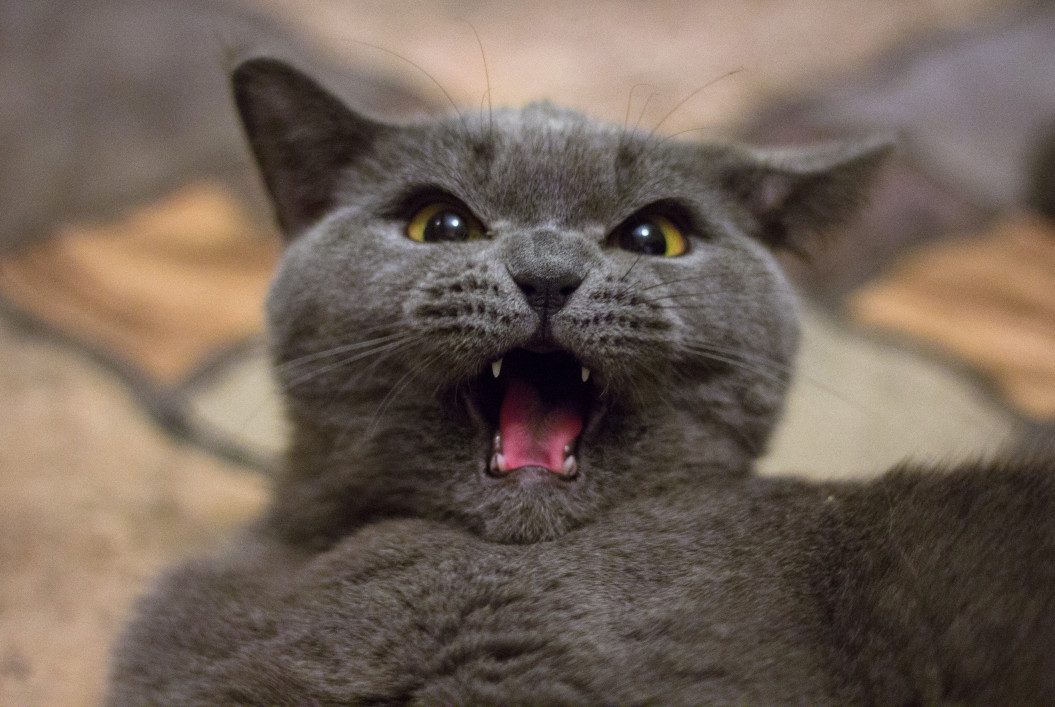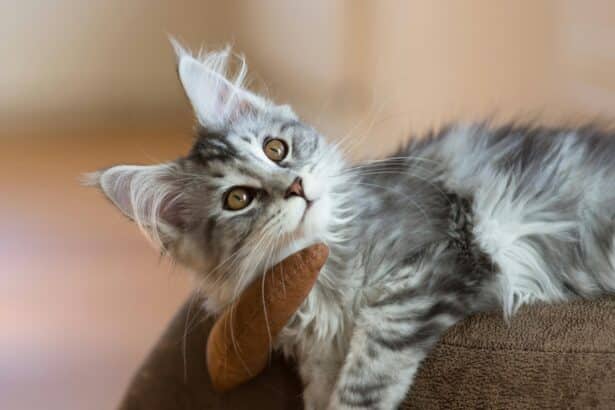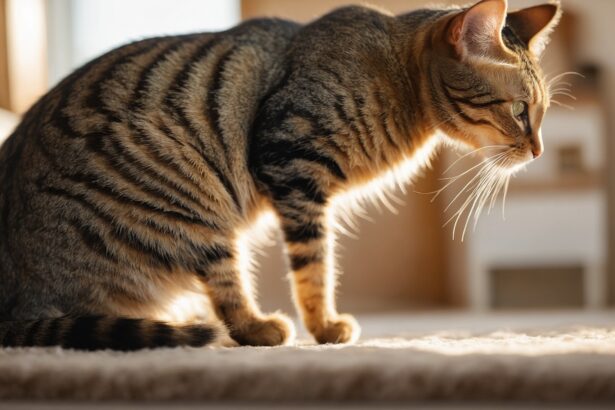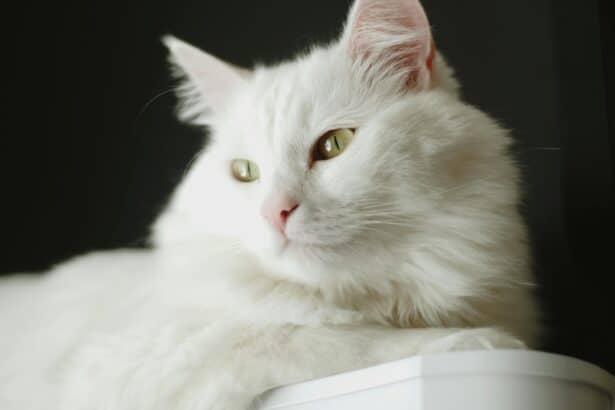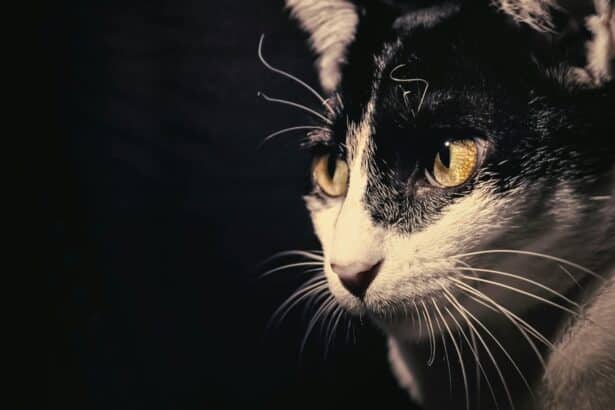Cat stress is real: even your blanket queen can feel on edge. Cats hide emotions like pros, but their appetite, litter habits and tiny gestures spill the truth. Let’s decode the signs, the causes and the simple ways to bring back calm.
The good news? A few thoughtful tweaks often change everything. Ready to become the most soothing human in the house?
Signs of stress in cats you shouldn’t ignore
Stress often sneaks in after a change at home (new furniture, a move) or a scare. Sometimes it builds quietly, then shows up as “problem” behaviors.
- Shifts in personality: hiding more, irritability, hypervigilance.
- Startling at small noises, increased vocalizing, sudden aggression.
- Repetitive behaviors: overgrooming, licking to bald patches, tail chasing.
- Scratching as marking, urine marking, peeing outside the box.
- Appetite changes (down or up), chewing or swallowing inedible items.
Health can also take a hit: stress may contribute to idiopathic cystitis, colitis, asthma flares, lower immunity and skin hypersensitivity. A pee outside the box is never “spite” — it’s a stress signal.
Dealing with litter accidents? Learn how to help without scolding and rebuild trust. Why cats pee everywhere: causes and solutions
Worried about repetitive behaviors like constant licking or tail chewing? A quick read can help you respond fast. Stereotypies in cats
Why is my cat stressed?
Cats are sensory creatures. Stress triggers often revolve around lost landmarks, new smells and unpredictable noise or handling.
- Environmental changes: moving, renovations, new furniture, strong odors.
- Travel, vet visits, carriers that feel unsafe or too cramped.
- New baby or pet, louder home, routines turned upside down.
- Sudden noises (vacuum, drill, storm) and overhandling.
Common mistake to avoid: cleaning accidents with bleach. Many cats are attracted to that scent, which can encourage repeat peeing. Use an enzymatic cleaner to truly neutralize odors.
Curious why bleach is so irresistible to some cats? You’ll find clarity here: why cats love bleach
Soothing a stressed cat: gentle fixes that work
Step one: call your vet to rule out pain or medical causes. Step two: strengthen safety and predictability at home.
- Safe spaces: add hideaways, shelves and cozy beds in quiet spots. Let your cat choose the refuge.
- Rhythms that calm: regular mealtimes, 10–15 minutes of daily play, and enrichment (puzzles, lick mats, feather wand).
- Litter wins: large open box, fine unscented litter, scooped daily and placed away from food. Golden rule: number of cats + 1 boxes.
- Pheromones: use a diffuser near resting zones and spray the carrier before travel.
- Food and water: quality diet, small frequent meals if needed, fresh water in several spots, and separate bowls for multi-cat homes.
Original, practical tip: try the evening 3-2-1 wind-down. 3 minutes of hunting play, 2 mini meals 10 minutes apart, 1 dim, cushy hideaway. This sequence lowers arousal and helps your cat drift into sleep more easily.
Your litter corner can be a hidden stressor. Small upgrades often reduce tension fast. Choosing the best litter
To channel scratching productively, offer a tall, rock-steady post (woven sisal, heavy base) near doorways or nap spots. Here’s how to make it irresistible: stop furniture scratching
Create a simple “Zen Station”
Along one calm wall, place a sturdy scratch post, a semi-covered hideout and a plush bed. Position the pheromone diffuser at head height.
Twice a day, do 5 minutes of play, then drop 1 minute of treats in the hideout. In a few days, the space becomes a reliable wellness anchor.
Prevent stress day-to-day
Secure cats know what to expect. Your allies: routine, play and respect for their rhythm.
- Introduce change slowly: new objects and scents in stages. Keep the carrier open as a cozy den with a familiar blanket and occasional treats.
- Channel energy: short, intense hunt games followed by calm and a small ration. The “hunt–eat–sleep” cycle is deeply soothing.
- Gentle introductions: for new pets, start with scent swapping, then short, controlled visual meetings.
Welcoming a kitten soon? A soft introduction prevents conflict. Introduce a new kitten
Surprising but true
Purring doesn’t always mean bliss. Cats also purr to self-soothe when they’re stressed or in pain.
Want to decode that velvet-language further? Why cats purr
When to see the vet
- Signs persist for several days despite your changes.
- Blood in urine, vomiting, lethargy, loss of appetite or visible pain.
- Escalating aggression or repeated clashes between pets.
Midnight serenades? Identifying the cause helps you fix the evening routine and play pattern. Why cats meow at night
FAQ
What are the first signs of stress in cats?
Watch for hiding, startle responses, extra meowing, overgrooming and marking or accidents. Appetite shifts are common too.
How can I quickly calm a stressed cat at home?
Offer a quiet hideout, dim the lights, run a pheromone diffuser and do a short hunt-style play session followed by a small meal. Keep handling gentle and optional.
What can suddenly trigger cat stress?
Unexpected noises, visitors, travel, a new pet, changed furniture layout or strong cleaning smells. Even small tweaks can be big to a cat.
When should I call the vet for a stressed cat?
If signs last more than a few days, worsen, or you see red flags like blood in urine, vomiting, lethargy, pain or aggression. A medical check is essential.


